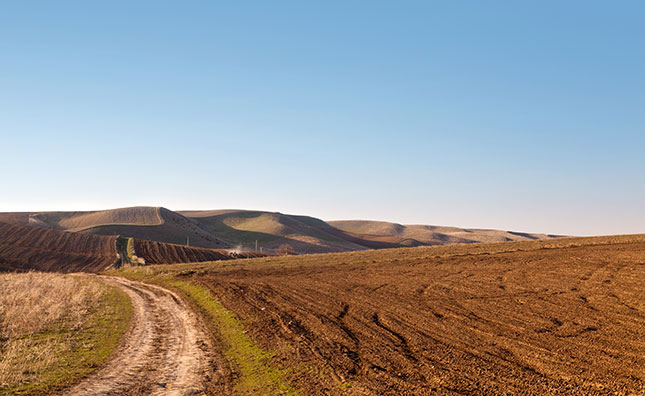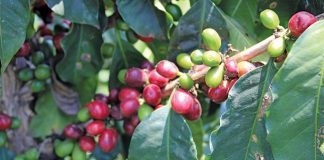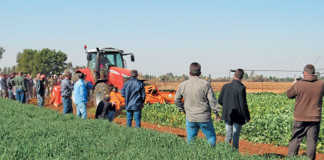
Given the state’s poor track record with the successful implementation of land reform,
success will depend on whether those who are lucky enough to get a piece of the 700 000ha will actually receive the support they need from the state to set up successful businesses.
The application and selection process might present the first major hurdle. This year, the
agriculture department’s COVID-19 relief fund for farmers was plagued by problems and many farmers complained that the selection process was unfair and inefficient.
This doesn’t instil confidence in the department’s ability to successfully and fairly handle such an application process.
The two biggest challenges that new farmers face is access to land and finance. This new
drive by the department solves only one of these problems.
Those who benefit from this initiative will be given 30-year, non-transferable leases, with strict conditions attached. At the moment it is unclear if and how these 30-year leases will enable the new farmers to use the property as collateral to obtain financing to develop these farms.
One would also anticipate that, at least for some of the roughly 900 farms, significant
infrastructure investment will be required to make the land even remotely viable for
farming.
It is unclear where the money will come from to fund this. One of the greatest
challenges with land reform these last two decades has been the non-existence of a proper
land audit, and alongside this, a detailed audit of state land.
A lot of research has been done to clarify who actually owns what when it comes to land in South Africa, but there are still many grey areas and uncertainties.
Without a detailed and authoritative land audit in place, it will always be difficult to do proper planning for land redistribution, and even more concerning, it makes it difficult to monitor whether real progress is being made.
Land audits published by the state and by Agri SA in 2017 contained some contradictory
information, but generally the reports agreed that South Africa’s total land area was about
122 million hectares.
Of this, around 90 million hectares were privately owned and just less than 32 million hectates were publicly owned, either purely by government or in the form of trust state land. Further, as the Agri SA land audit explains, not all land in South Africa can be classified as farmland.
Roughly a quarter of land is not suitable or available for farming, which means that total farmland in South Africa comprises about 93 million hectares, of which, at a very approximate estimate, about 70 million hectares are privately owned and around 20 million hectares are owned by the state.
Whichever way you look at it, the release of 700 000ha of land represents a very small percentage of the land that the state could actually make available for redistribution purposes.











